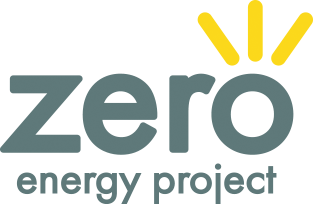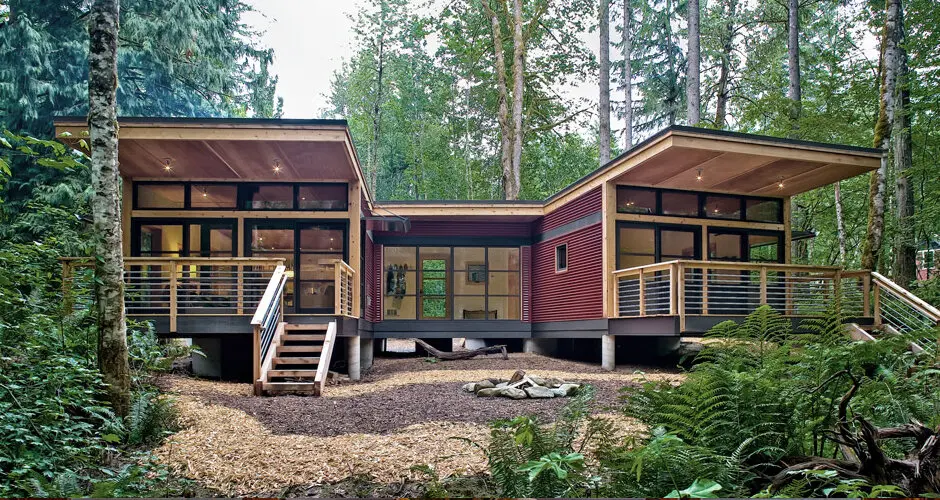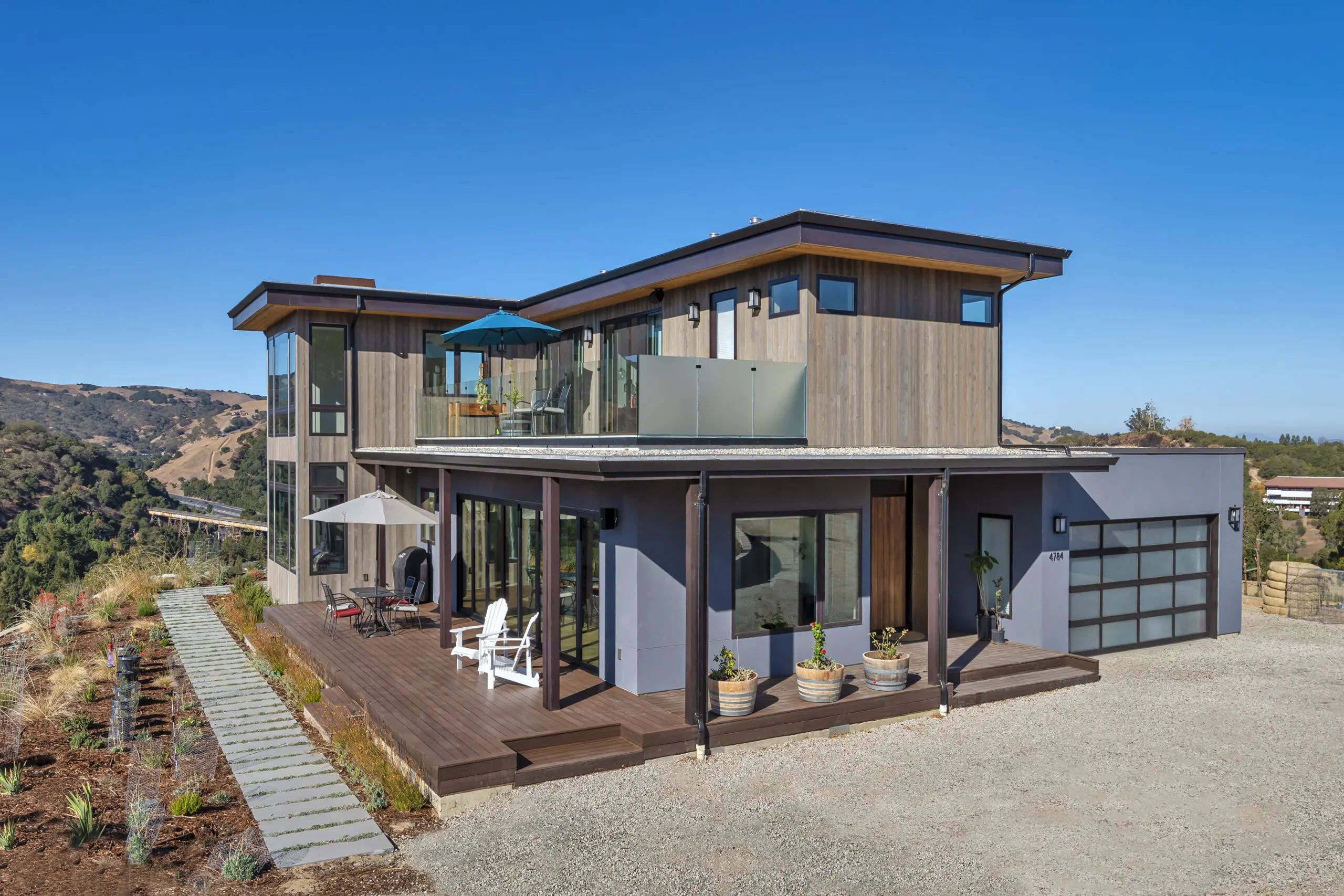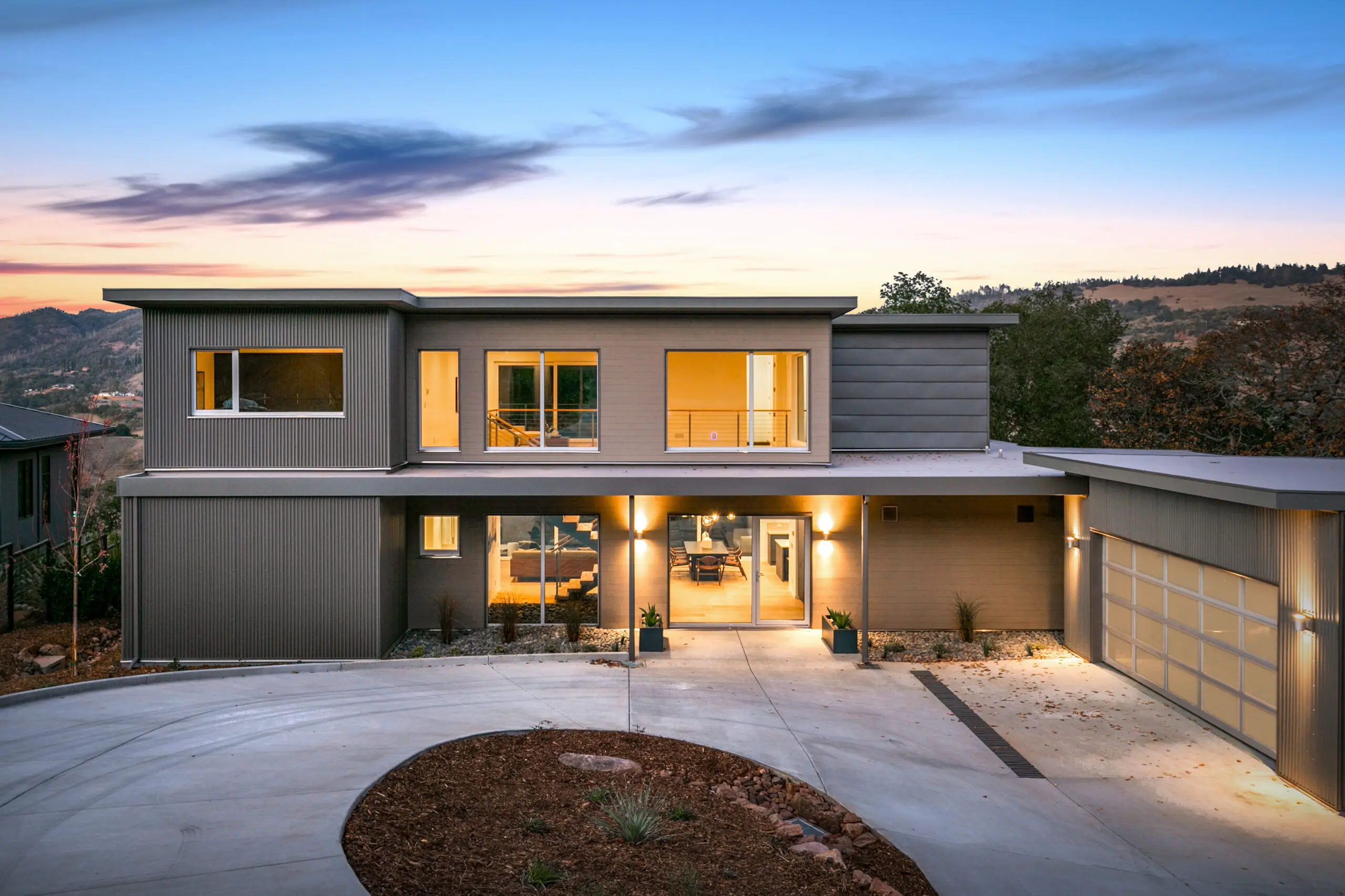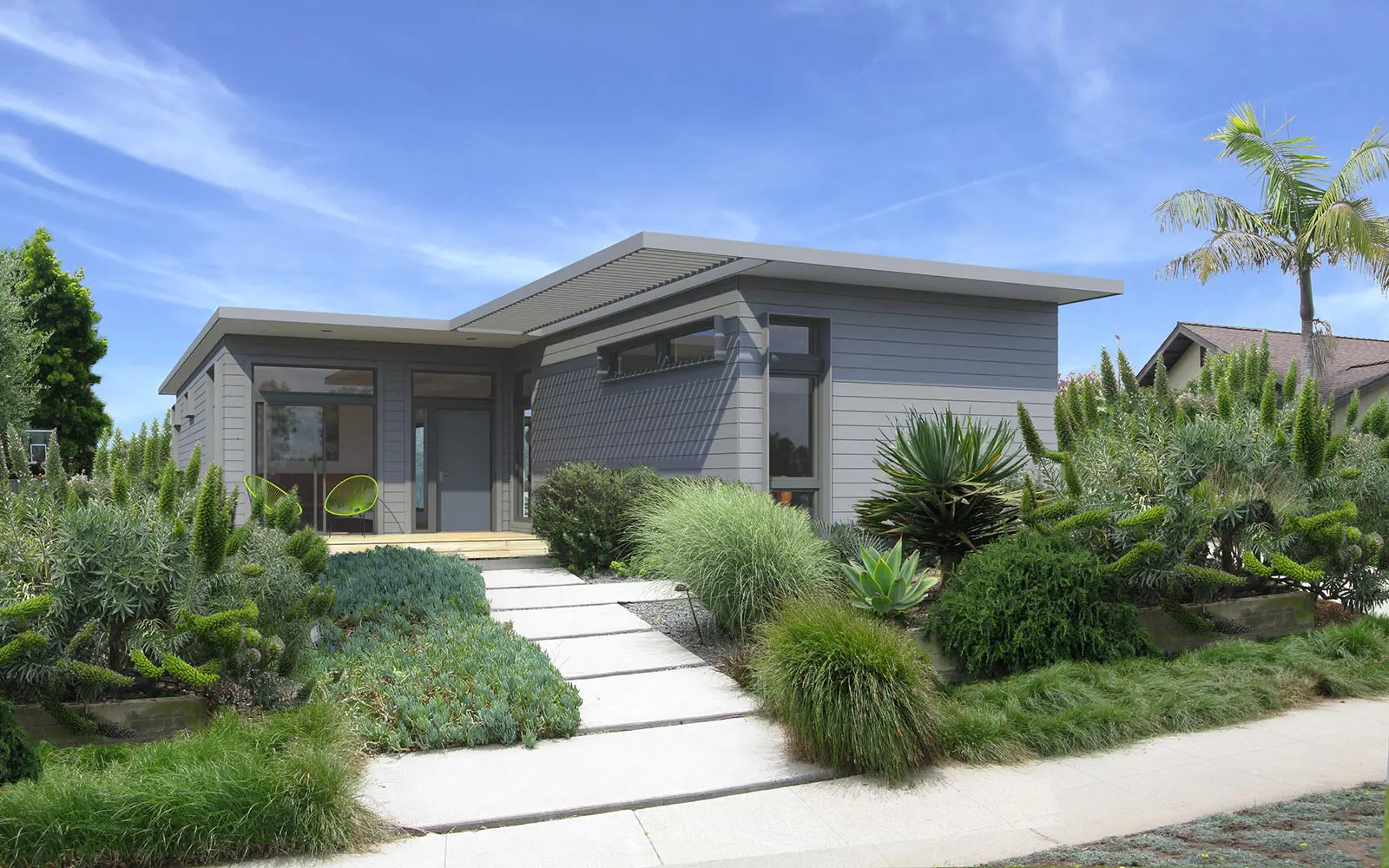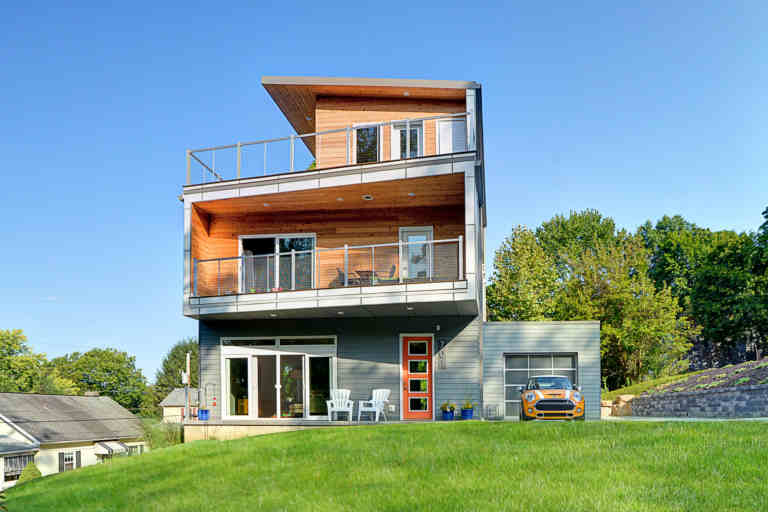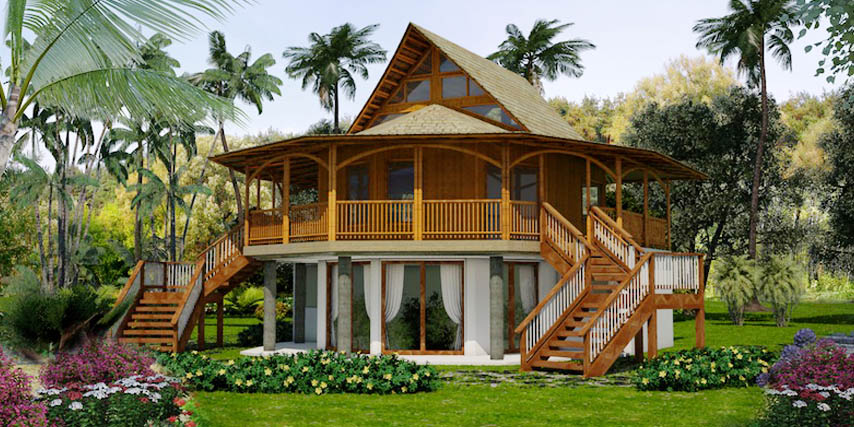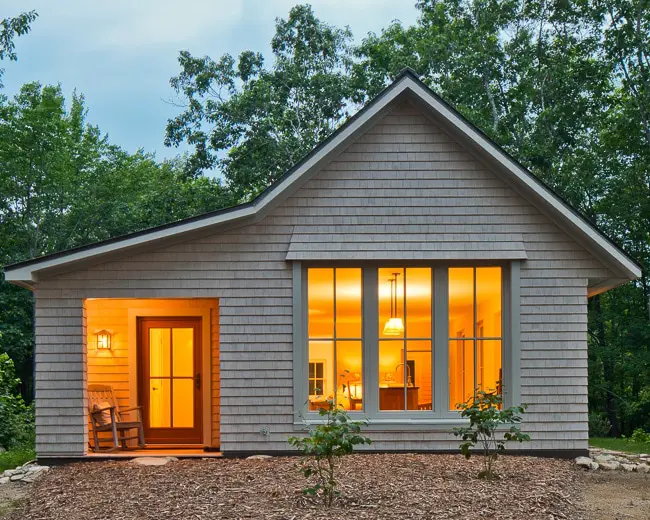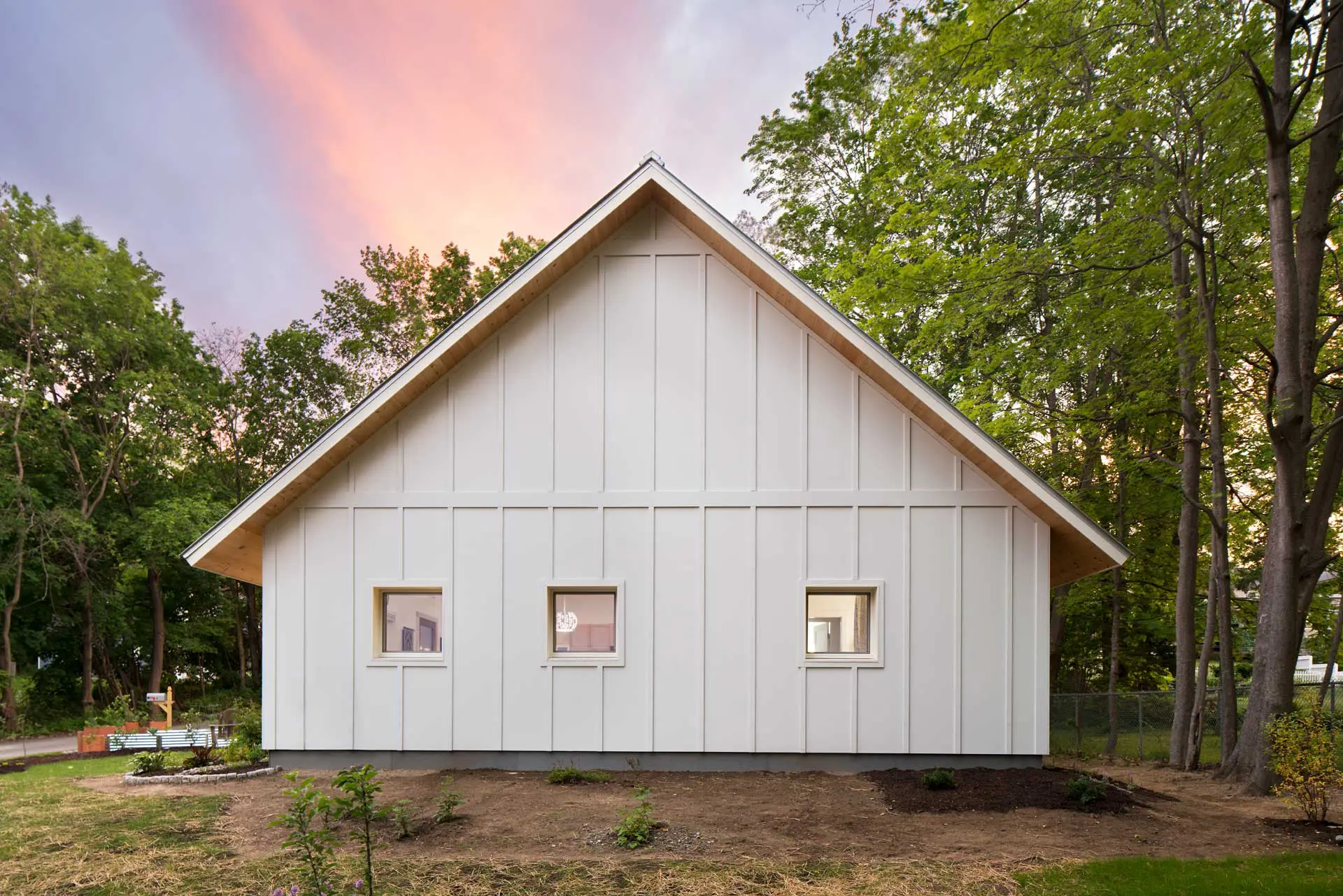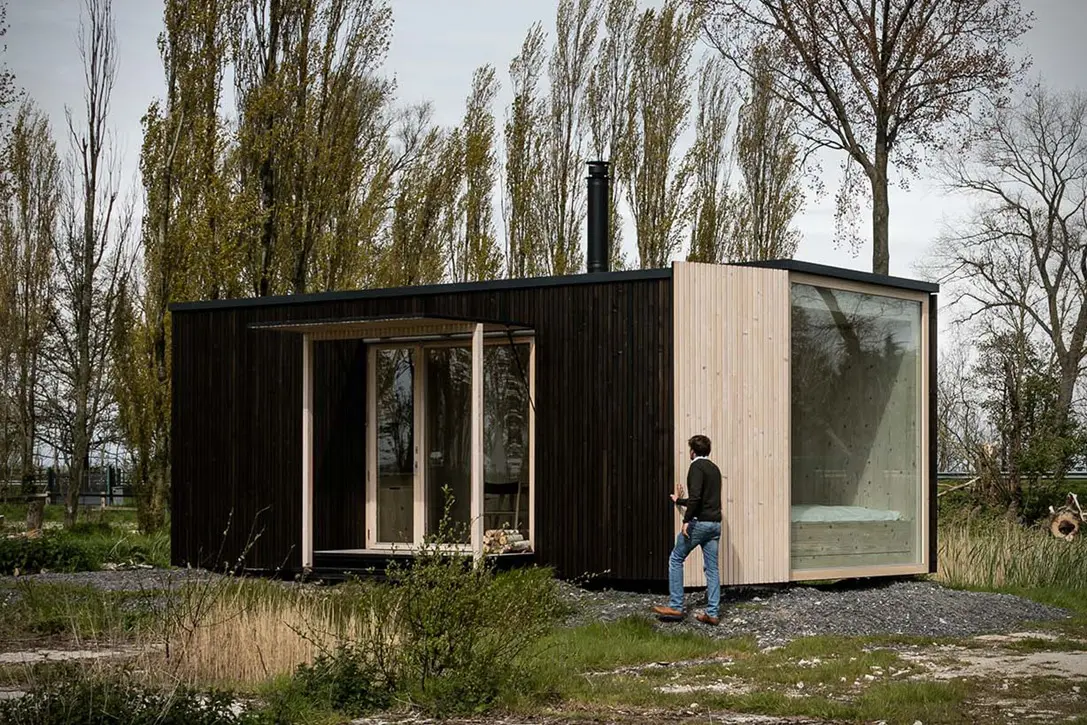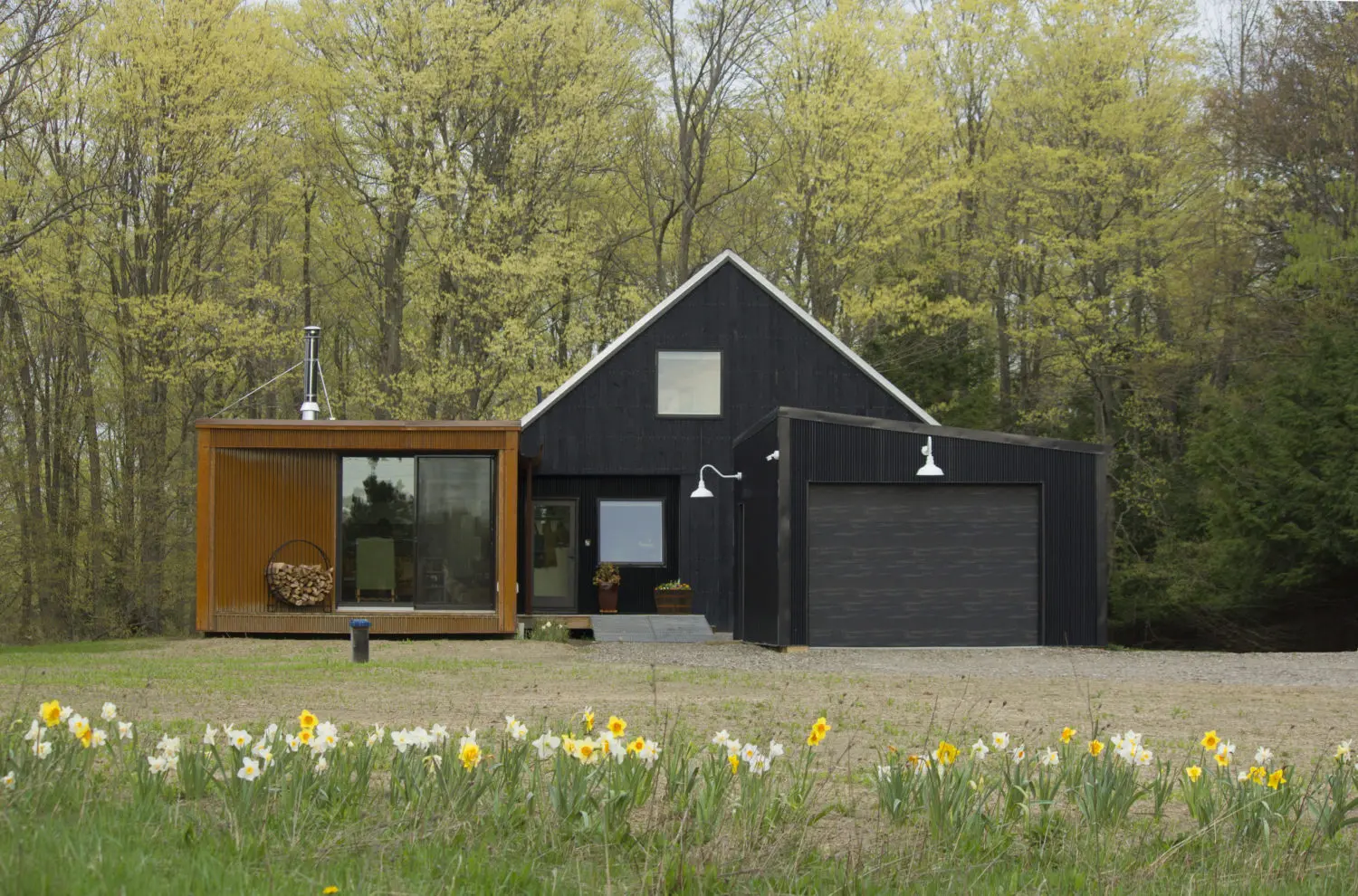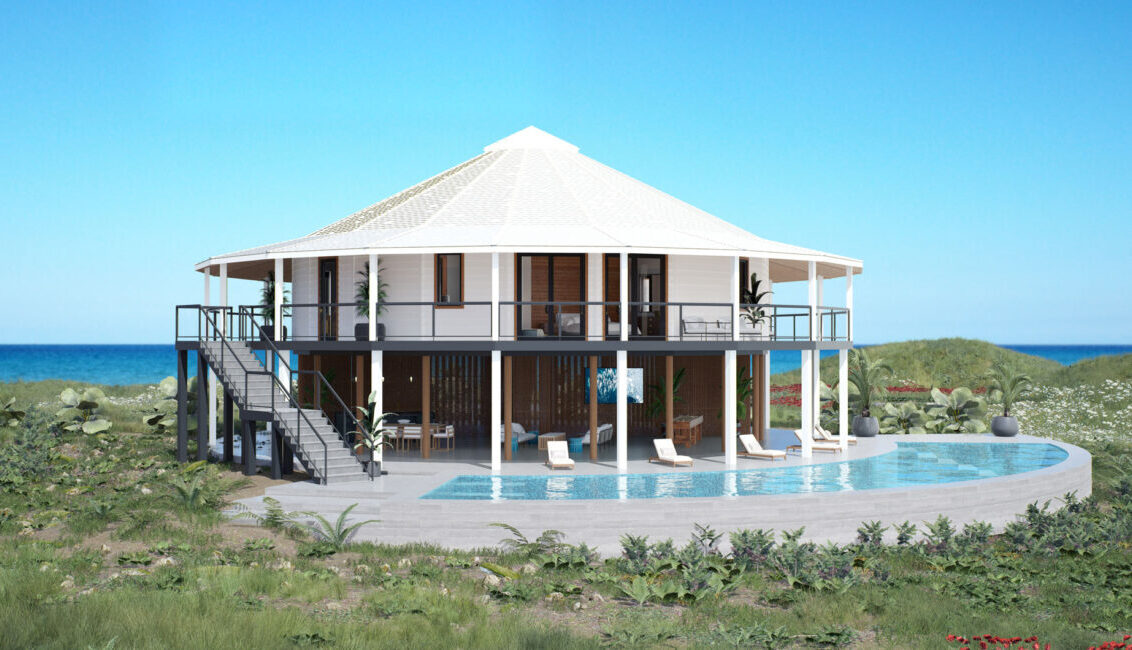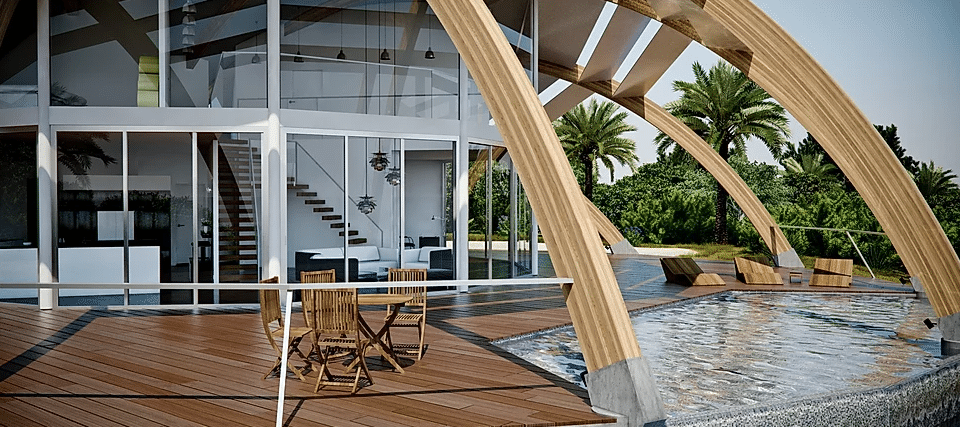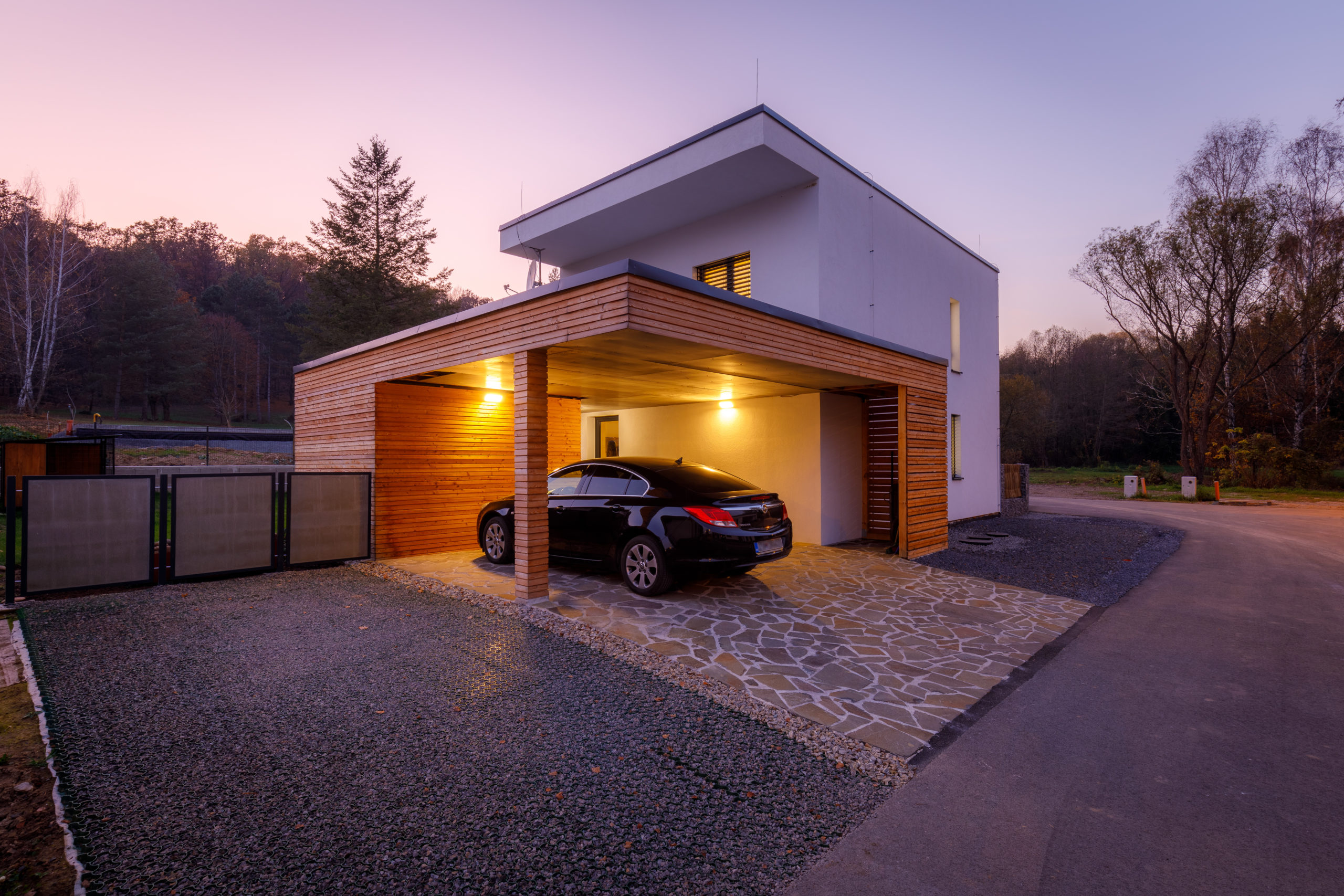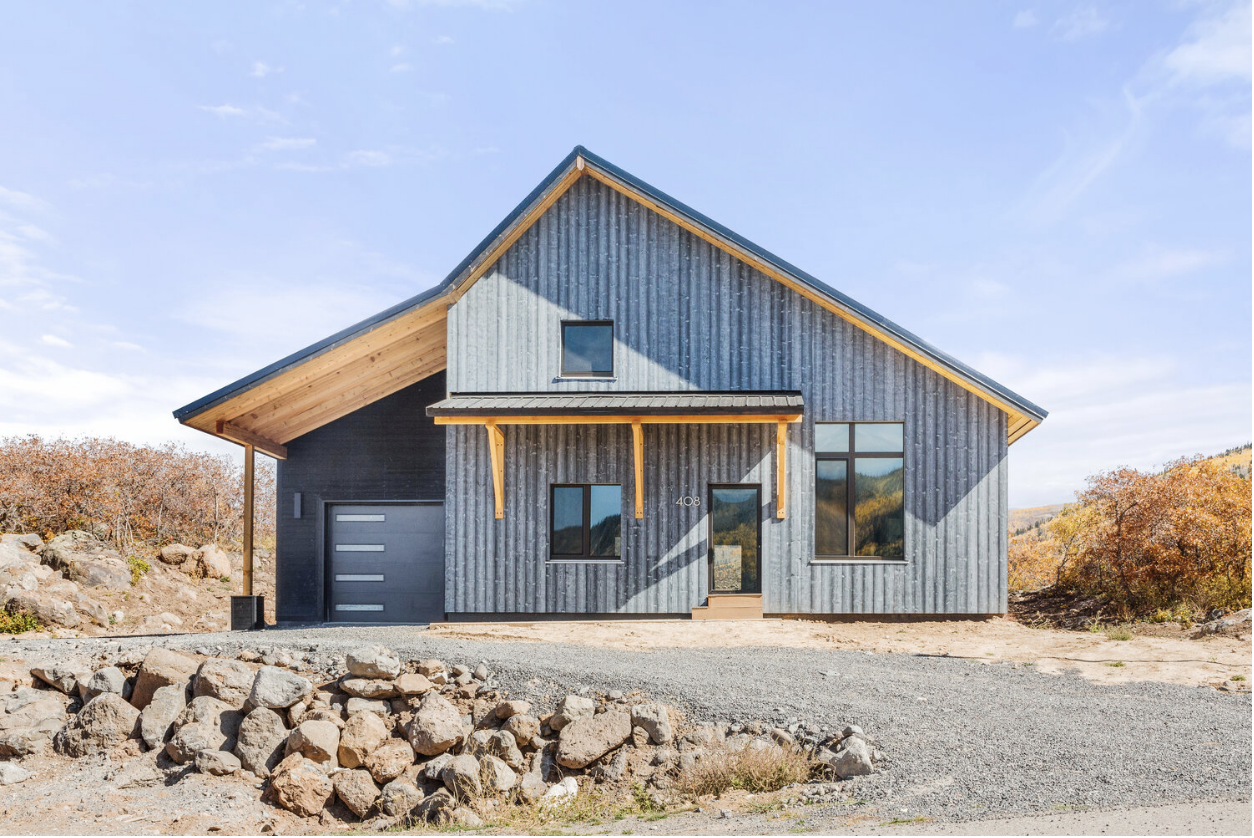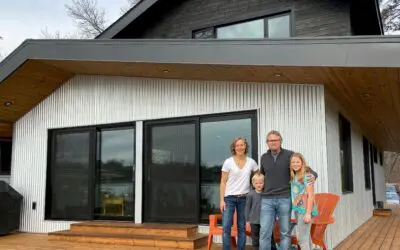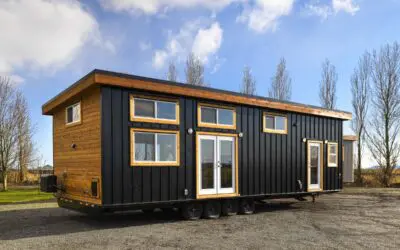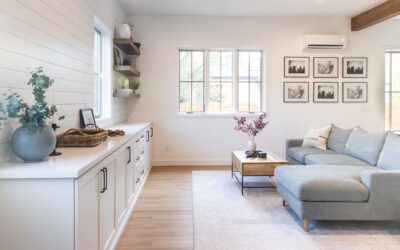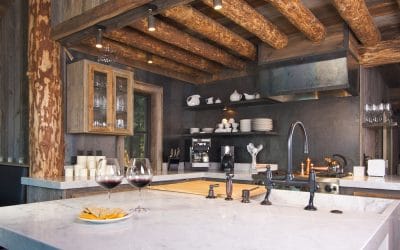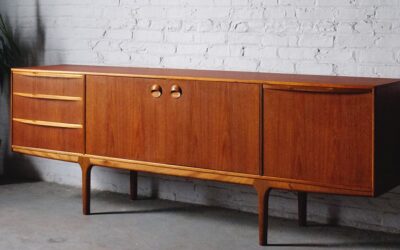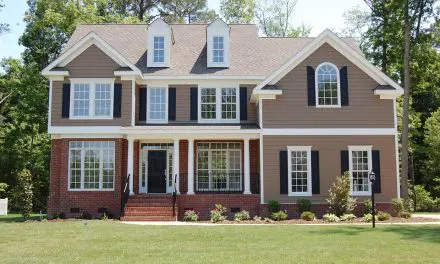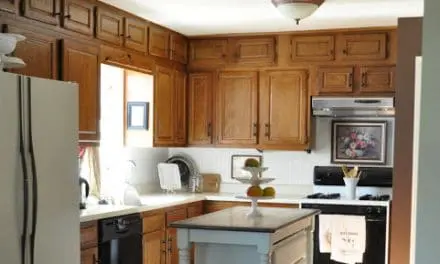Photo by Lannie Boesiger, courtesy Method Homes
UPDATED FOR 2024
by Brian Libby and Elemental Green Staff
AFFORDABLE PREFAB HOMES
The cost of building a custom new home continues to go up. According to HomeAdvisor, the typical new home built in the United States in 2023 was $121,099 to $502,765. And because buyers continue to outnumber sellers, that figure is rising. The alternative, an existing home, is no better bargain.
For buyers seeking an affordable and sustainable new home, prefabricated and modular homes offer many advantages. High-quality design often comes with a lower cost per square foot. Prefabs also offer bold, distinctive style—often by top designers—without hiring an architect.
Prefab and modular homes are built in a factory and shipped in pieces to be assembled onsite. So they are constructed more quickly than traditional stick-built homes. In some cases, they’re built almost entirely at the factory.
Although there are high-cost options, we found prefabricated and modular homes at prices that offer good value. And that’s just the beginning of the long list of benefits that come with deciding to go the prefab route. Learn more about the benefits of prefabs and check out these sustainable options so you can start researching your smart new abode.
HIGH PERFORMANCE
Prefab techniques, like using structural insulated panels (SIPs), are excellent for building zero energy and zero carbon homes. Factory built components can be precise and extremely well insulated. Therefore, they demand less energy than traditional stick-built, and have lower CO2 emissions. As a bonus, airtight construction limits outdoor pollutants and noise. And panelized designs demonstrate remarkable resilience in the face of high wind loads.
Most structural insulated panel manufacturers offer standard floor plans you can use to start your process.
Read more: What Are SIPs?
LESS WASTE
Prefab homes use resources more efficiently, which makes them inherently sustainable.
Builders can easily predict how much material they need for a prebuilt home because it doesn’t vary. This means that prefab manufacturing results in far less material waste than traditional builds. There’s less risk of damage to materials and less unused surplus. Storing materials in the factory keeps them safe from theft, vandalism, and damage at the construction site.
Builders usually construct modular homes as tightly sealed structures. This means they also waste less energy and can lower your heating and cooling costs.
DURABILITY
Not every house can withstand the long journey of shipping from the factory to the site. Prefab homes require sturdy materials to reinforce the frame for delivery. This makes them more durable than traditionally built homes, right out of the gate.
LOWER AVERAGE PERMIT VALUE
Permitting, one of the hidden costs of home ownership, delivers better value to prefab homes too. According to the NAHB, permit valuations are lower because about 80 percent of prefab homes are built for the owners who will live in them. “Unlike site-built homes that are often built speculatively for sale at some point in the future,” explains Paul Emrath, NAHB vice president for survey and housing policy research.
SHORTER CONSTRUCTION TIME
Usually, a prefab home will already be built in the factory by the time a crew has prepared a traditional home site. And indoors, bad weather doesn’t cause delays. So your modular or prefab is almost a pop up house. The NAHB estimates that builders can completely finish a modular home project in around three months.
ACCESS TO SKILLED CRAFTSMEN
Did we mention there’s a nationwide shortage of skilled labor in the construction industry? This causes delays and pricing inflation in site-built homes. Prefab home manufacturers keep skilled, experienced, tradesmen on staff at the factory; full-time, year-round.
READY TO EXPLORE? DISCOVER THE BEST AFFORDABLE SUSTAINABLE HOMES.
Note: For comparison, we have included base prices at press time. These may have changed. Please check with each manufacturer for current pricing and additional costs involved.
CLICK ANY IMAGE FOR MORE INFO
CLEVERHOMES PERSONALIZED PREFABS
CleverHomes commits to creating the healthy and eco-friendly house you desire. They routinely incorporate sustainable features like green roofs, water catchment systems, and smart technologies. CleverHomes is a leader in the space: servicing clients who contract directly with experienced modular home fabricators and contractors.
In partnership with multiple modular home factories, CleverHomes combines prefab and modular techniques with personalized designs. They produce high-end, contemporary homes with striking modern lines and fine finishes and furnishings.
The objective is to offer consistent, quality, affordable modular construction, while defying expectations with eye-catching amenities. Designs by veteran Oakland architect Toby Long embrace sustainability and energy efficiency. And these modular homes are less expensive and far quicker to construct versus traditional methods. Additionally, principles of wellness and environmental responsiveness underpin all CleverHomes projects.
The company estimates that most of their eco-friendly, modular homes will cost $500-600 per square foot. This is based on 20 years of experience collaborating with many manufacturers. Pricing includes fees, permitting, factory and on-site construction, and even landscaping. Check with CleverHomes for additional costs related to your site and personalized design.
Dvele Modern Homes
Dvele provides modern, modular homes at multiple price points, all demonstrating quality, resilience, and efficiency. For instance, windows maximize energy efficiency and sound insulation. And advanced air filtration is protected by microscreens to block wildfire embers from air vents. Prefabricated home prices for the larger Shaughnessy models, pictured, start at $265 per square foot.
DveleIQ is their proprietary, self-optimizing smart home platform. It monitors overall home performance, while smart home appliances enhance flexibility. Dvele’s robotic production line in Loma Linda, CA, produces personalized, solar-ready homes seamlessly. Look for certified Passive House models that exceed expectations for efficiency and wellness.
LIVINGHOME 6 SERIES
Based in Santa Monica, CA, Plant Prefab offers two different models in its popular LivingHome series. These were the first in America to achieve LEED Platinum certification, and first to use products certified Cradle to Cradle. Look for cork flooring, low-VOC paints, and low-flow water fixtures. Not to mention their net zero standards, smart home technology, and energy monitoring. Its LivingHome 6 Series is available in two models.
The smaller one, with two bedrooms and one bath at 958 square feet, can be upgraded to three bedrooms and two baths (at 1,288 square feet). The house’s U-shaped configuration spreads natural light. With a base cost of $260,000 (about $175 per square foot), it offers plenty of space and outdoor mobility at an affordable price. Remember to account for additional site work, transportation and installation, and design, engineering and permitting costs.
For those seeking even more compact design, Plant Prefab’s LivingHome 10 is available. Its 496 square feet include one bedroom and one bath for a base price of $180,000 ($355,000 including site construction).
Method PreDesigned Modern Homes
Method Homes is a custom manufacturer of precision-engineered, modern prefabs that achieve green building certifications like LEED, Living Building Challenge, Passive House, and more. The company also takes a hands-on approach from the outset, consulting with the client and even realtors to determine an ideal site.
The M Series, a collaboration with Seattle-based Prentiss + Balance + Wickline Architects, represents Method’s most affordable prefab selection, starting at $170,000 (not including site work). It features multiple interior and exterior finish options, so the homes are fully adaptable for various sites, locations, and owner needs. Shown here is the M2, a two-bedroom modular house that starts at $280,000 before site and additional costs. Photo by Lannie Boesiger
IDEABOX
IdeaBox is the Ikea of prefab and modular houses: the possibilities are endless! Based in Salem, OR, IdeaBox designers are experts at using modern systems to create sustainable and imaginative housing at prefab pricing. Each model home uses sustainable bamboo flooring and energy-efficient construction.
Confluence is a perfect example. This two bedroom, two-bath modern cottage is flexible, rugged, and spacious. The large living space is anchored by a chef-inspired kitchen. Sliding glass doors open up the whole house to light and fresh air. And two large bedrooms, each with their own bath, are opposite each other for privacy. For large living in a small space, Confluence fits perfectly at a base price of $258,000.
Before you start customizing an IdeaBox home, browse all their models.
ECOCRAFT HOMES – ECOMOD 2.0
EcoCraft uses prefab techniques, but all their homes are actually custom designs. The floor plans found on their website are just the springboard to help customers dream up their ideal green home–any aesthetic, any size. They use resource-efficient construction methods that produce less than 5 percent material waste. This is vast improvement over the 25 percent waste that can come from conventional building techniques.
Starting at $285,000, EcoCraft homes are extremely energy-efficient. They use high-performance insulation, smart home technology, and a combined passive and active solar systems. The homes also incorporate an array of renewable and recyclable materials, as well as durable.
The 2,500-square-foot EcoMod 2.0 offering three bedrooms and two and a half baths. Owners enjoy outdoor spaces on all three levels. Total prices vary, but the company’s website says to expect about $190 per square foot.
CLICK ANY IMAGE FOR MORE INFO
BAMBOO LIVING HOMES — PACIFIC QUEEN
Bamboo Living homes are the first code-certified, permittable bamboo structures in the world. And their engineering is designed to withstand catastrophic conditions. (One of their homes survived a hurricane with 173 mph winds!) Rather than traditional drywall, all of their homes are clad in Bamboard. This eco-friendly, pressure-treated and laminated split bamboo has a low-VOC protective coating that weatherproofs the bamboo from sun and rain.
Bamboo is an amazingly sustainable and strong building material. These homes actually sequester carbon dioxide!
The two-bedroom, two-bath Pacific Queen is a striking three-story, two-bedroom home. The covered deck wraps around the second floor, adding 500 square feet to the 938-square-foot interior. An optional 160-square-foot loft becomes as a third bedroom.
In a a hybrid-prefab model (partially constructed traditionally), Pacific Queen comes in at a base price of $104,670. The fully prefabricated model costs $131,645.
GO HOME BY GO LOGIC
The GO Home line of passive-house dwellings by GO Logic uses 80 percent less energy than the average home. They have more traditional aesthetics (at prefab home prices) and can be assembled onsite in less than two weeks.
The Go Home portfolio ranges from a 600-square-foot cottage to a 2,300-square-foot, four-bedroom family home. Clients choose their base model and preferred exterior cladding, fiber-cement clapboard, cedar shingles, charred cedar, or corrugated steel. Choose from multiple options for windows, trim, flooring, and interior hardware.
Most Go Homes fall between 1,000 and 2,000 sqft and cost between $400 and $500 per sqft. That’s before site work, design fees, and any optional finish upgrades. In the company’s eyes, every prefab design is “a chance to tailor each house to the client’s needs.”
ECOCOR PASSIVE HOUSES
Ecocor is dedicated to the construction of efficient, environmentally responsible passive houses. The company builds its own designs, but works with architects and owner-builders to create the healthiest, most efficient, resilient homes possible. From design to construction, Ecocor is committed to reducing the ecological impact of the construction process.
The 11 standard models offer a variety of exteriors. The Passiv Shell option has an extra-robust building envelope for greater energy-efficiency.
Its Solsken series is a great place to start. The Clover model at 1,051 square feet, with two bedrooms and one bath, starts at $271,000. The Goldenrod Morse Court, shown, features an extra bath and nearly 400 more square feet; $364,000 for the Passiv Shell option.
Photo courtesy Ecocor
ARK-SHELTER
Simple and elegant boxes bookended with walls of glass, these zero-impact designs connect with nature. Ark-Shelter builds its homes to last and operate efficiency.
Inside, a built-in platform bed adjoins a large picture window. Other premium features include a fireplace, table for two, full kitchen, and bathroom. The floor-to-ceiling windows on either side of the structure offer plenty of natural light. And with sides that fold open, the home becomes an extension of nature. This modern home comes fully furnished, with everything from appliances to kitchen utensils. Make it completely sustainable with a rainwater collection system (that filters water three times) and solar power panels.
The company does not divulge prefabricated home prices. But our research found the the 396-square-foot Shelter S and 386-square-foot Lodge at about $77,000 and $60,000, respectively. Editor’s Note: Ark-Shelter homes currently only ship to Europe.
WEEHOUSE BY ALCHEMY
The weeHouse by Alchemy continues to be inspired by sustainable design. Their architects can work with sustainable energy experts to customize your weeHouse. Options include greener materials and systems using active solar, geothermal, green roofs, and more. They range in size and include steel or wooden siding, low-e glass, stainless steel appliances, and in-floor hydronic heating.
The weeBarnHouse, shown here, combines three structures including a prefab weeHouse, SIPs-built barnHouse, and a site-built garage. The house features exterior insulation and a rain screen that, together, eliminate the need for air conditioning. Contact the company for pricing information. Photo copyright Alchemy
DELTEC HOMES CLASSIC 360 COLLECTION
Why not try a circular-shaped house? Deltec Homes helps you achieve your desired level of green: from simple energy efficiency to net-zero and beyond. Each home is built in a factory powered by 100% renewable energy.
In the Classic Deltec models, the self-supporting roof system means no load-bearing walls and infinite floor plans. The round shape also allows panoramic views to truly bring the outdoors in, all while remaining shaded.
The 360 Collection starts at a base price of $148,000 for two bedrooms and 1,357 square feet;$500,000-$710,000 for turnkey. Three bedrooms and 2,070 square feet (shown) costs $250,000-$361,000 for the shell; $780,000-$990,000 for turnkey. Check out their Renew Collection: pre-designed homes that use two-thirds less energy than a typical home.
CLICK ANY IMAGE FOR MORE INFO
SOLALEYA DESIGNS – PEARL
The Pearl by Solaleya Designs employs passive solar techniques to stay cooler in the summer and warmer in the winter. Unique fabrication techniques and the aerodynamic shape allow it to be both earthquake and wind resistant. It also takes advantage of passive solar heating and cooling.
Website diagrams show how the sun hits these homes differently on the summer and winter solstices. The design also protects the home from harsh weather, while collecting rainwater for reuse.
Biomimetic principles, inspired by nature, drive the company’s designs. The Pearl meets PassivHaus and LEED Platinum certification standards. Plans range from 300 interior square feet to a whopping 4,900 square feet. All with lofty terraces and options to customize layout, options, and finishes.
BUILD WITH NATURE
Build With Nature, combines prefab and passive house techniques with one of nature’s most renewable materials: straw. Builders used straw for insulation for centuries. But modern concerns about bulkiness and pest infiltration kept the material out of mainstream construction. Build With Nature houses use innovative EcoCocon prefabricated straw-based panels.
The Discovery Channel show “Living Off-Grid” featured company’s first house in Upstate New York. Build With Nature now offers what they call “kit homes” utilizing straw panels. Consult the website for pricing. Image credit: EcoCocon building, Photo by Milan Hutera, Courtesy Build With Nature
PHOENIX HAUS
A Colorado-based maker of Passive House Institute-certified prefab homes founded by siblings Bill and Kate McDonald, Phoenix Haus was inspired by Bill’s extreme allergies and a desire to create a dwelling free of pollen and dust. Its healthy homes are built using the Alpha system: lightweight wood frames insulated with cellulose and wood fiberboard. Phoenix Haus offers a variety of predesigned home packages that can be delivered anywhere in the continental United States.
We like the H 19, Phoenix Haus’s third-smallest model at 1,900 square feet with three bedrooms, two baths and a lofted second floor, starting at an estimated $299 per square foot, excluding land costs. It has sustainable features like triple-pane windows, looks like a contemporary mountain ski cabin and boasts a zero-carbon design that doesn’t off-gas and features a fresh and filtered air system. Fighting climate change never felt so luxurious!
BRIGHTBUILT HOME BUNGALOW
BrightBuilt Home delivers beautiful, traditionally-styled prefabricated homes that fit well into any neighborhood. These homes also boast net-zero energy usage thanks to their rooftop solar panels and tightly sealed building envelopes.
Sidekick works as a tiny one- to two-bedroom, 560 to 742-square-foot house or as an accessory dwelling unit. For a more medium-sized option, try the Bungalow, at two to four bedrooms and 1,150-1,700 square feet. The company does not disclose prices, tailoring each prefab house to its site and owner. Photo courtesy BrightBuilt Home, Portland, ME
Did these homes pique your interest in prefabs? Check out these articles to learn more!
Start with SIP Panels: Cost Savings, Efficiency, Health, Resilience
Architects and builders continue to innovate with structural insulated panels (SIPs), proving the benefits of affordable, healthier, and more resilient homes.
20 Tiny Home Manufacturers to Match Any Budget
Tiny home living is so much more than downsizing. Simplicity, economic freedom, and highly sustainable living… Whether you buy or DIY, we’ve got you covered.
Efficient Design: Living Large in Small Homes and ADUs
There are many ways to achieve more space without adding square footage. Sheri Koones shares 14 tips for living well while living small.
Paid Partnership
Buying or selling a sustainable home?
An eco-savvy agent will provide comprehensive information and help you get the best price.
RealtySagePros provides free, no obligation matches to real estate agents in your area.
Find your top 3 eco-agents today.
Learn more about green homes on a budget!
How to Find Reclaimed Home Building Materials
Want to use salvaged/reclaimed home building materials in your next sustainable project? Start here to source the most budget-friendly materials in your area.
Shopping Vintage Home Decor: Green on a Budget
Vintage home decor offers a sustainable, creative, and affordable way to furnish. Nonprofits, flea markets, and auctions houses draw crowns. Or shop online.
Create Your Home Electrification Plan: A Step-By-Step Guide
Your values guide you. But with a clear home electrification plan, you can budget for upgrades, replace appliances before they fail, and maximize incentives.

